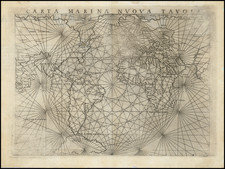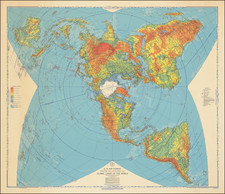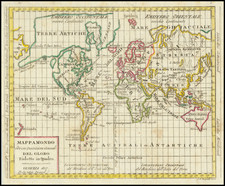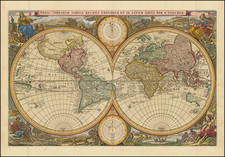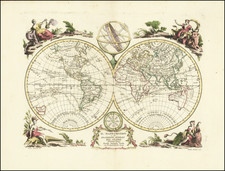The Apollo Earth Orbit Chart (AEO) Apollo Mission 8 is a set of three lithographed sheets, prepared in November 1968 by the Aeronautical Chart and Information Center of the United States Air Force for the National Aeronautics and Space Administration (NASA). Each sheet in this trio corresponds to one of the first three revolutions of the Apollo 8 mission around Earth, providing a detailed visual representation of the spacecraft's trajectory, tracking stations, and associated communication capabilities for the groundbreaking December 1968 launch.
During the late 1960s, the world witnessed the zenith of the Space Race, an era marked by intense competition and technological innovation between the United States and the Soviet Union. The Apollo 8 mission, in particular, represented a significant milestone, being the first manned spacecraft to leave Earth's orbit, reach the Moon, orbit it, and safely return. These charts, therefore, capture a pivotal moment in space exploration history, chronicling details of a mission that expanded humanity's horizons beyond our terrestrial confines.
The charts feature an array of technical details, including tracking station symbols with location, capabilities, and associated call letters, international boundaries, capital cities, and specific aerospace details like USB command capability and ground track symbols. Notably, the charts illustrate the complexity of space mission planning and execution, reflecting the advanced state of aerospace technology and strategic military cooperation in the late 1960s. The detailed legend and notes provide insight into the operational aspects of the Apollo mission, such as tracking limits, antenna coverage, and spacecraft altitude considerations.
Apollo 8 was a groundbreaking mission in NASA's Apollo program, launched on December 21, 1968. It marked the first time a crewed spacecraft orbited the Moon, paving the way for future lunar landing missions. Astronauts Frank Borman, James Lovell, and William Anders embarked on a six-day journey, becoming the first humans to travel beyond low Earth orbit and witness the Earthrise over the lunar horizon. During their ten orbits around the Moon, the crew captured stunning photographs, conducted experiments, and broadcast live television images back to Earth. The success of the Apollo 8 mission demonstrated the capability of the Apollo spacecraft and the Saturn V rocket, instilling confidence in NASA's ability to achieve their ambitious goal of landing humans on the Moon.











